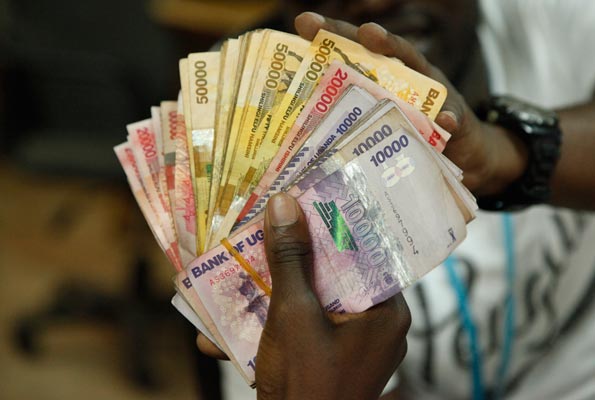The private sector in Uganda is set to access affordable credit for investment through a new World Bank financing facility that targets private businesses. Uganda is one of several countries in Sub-Saharan Africa that will benefit from the new USD 2.5 billion financing window.
The facility, spearheaded by the World Bank Group’s private sector lending arm, the International Finance Corporation, and the Multilateral Investment Guarantee Agency (MIGA) is under the 18th replenishment of the International Development Association (IDA18) – the World Bank Group’s fund for low-income countries.
It will offer political risk insurance and credit enhancement guarantees to help companies access credit.
Speaking on Monday December 11, during a workshop to brief private sector companies and government held at the Kampala Serena Conference Centre, the IFC Director for Sub-Saharan Africa, Oumar Seydi explained that the financing is intended to help private companies access more affordable capital for investment by providing additional guarantees to insure against risks, particularly for countries that are affected by conflict or are politically unstable.
“Many projects in emerging markets that need capital are unable to access financing because the risks are too high and the returns are not commensurate with the level of risk,” Oumar Seydi said.
He noted that by using blended finance, World Bank will be able to fill the existing financing gap by addressing market barriers and attract private sector investments to areas of strategic importance with high development impact.
Blended Finance involves the use of relatively small amounts of concessional donor funds to offset specific investment risks. The donor funds are structured as co-investments, with a probability of reflows for future investments or other uses.
Private sector investments in Uganda declined by 2.5% in the financial year period 2016/2017, a sharp contrast to the growth of 11% recorded the previous year, according to World Bank’s 10th Uganda Economic Update.
The decline was a result of high interest rates on loans and the uncertainty in the financial sector. In the period from June 2016 to August 2017, the weighted average commercial bank lending rate declined from 23.9% to 20.9%.
In contrast, the total value of credit extended to the private sector increased modestly, by 5.7%, following a strong recovery during the second half of FY 2016/17. With these developments, the ratio of private credit to GDP declined to 13.3%, down from 13.7% in FY 2015/16.
With the new private sector window, the World Bank will channel its support to companies that are interested in investing in power production and distribution, and to financial institutions to help improve access to finance, including credit lines, housing finance and SME finance.
Agribusinesses are also a priority under the sub-window, with financing targeted towards increasing agricultural productivity, improving food security and increase incomes of small farmers.
Speaking on behalf of government, the Permanent Secretary in the Ministry of Finance and Secretary to the Treasury, Keith Muhakanizi, recognised the role of the private sector in driving development, and noted that there is need to join hands with government to finance public investments, including infrastructure which is critical to spur economic growth and boost shared prosperity.
The ongoing Competitiveness and Enterprise Development Project (CEDP), a 3-year project implemented by the Private Sector Foundation of Uganda, World Bank is supporting reforms geared towards improving the business environment, lowering the costs of doing business and improving competitiveness of the selected high impact sectors, particularly tourism.
Under Matching Grant Facility, 418 enterprises have benefitted from the project and 50% of these are female owned. Results are starting to manifest through improved performance of enterprises in terms of, increased productivity, income and employment as well as a catalysed access to markets.
The World Bank’s current investment portfolio in Uganda as of September 2017 stood at USD 2.6 billion (IDA credits and grants) in net commitment for national and regional operations. A chunk of this is supporting infrastructure development (energy, roads, urban, and ICT) while the rest is spread across agriculture and water.








